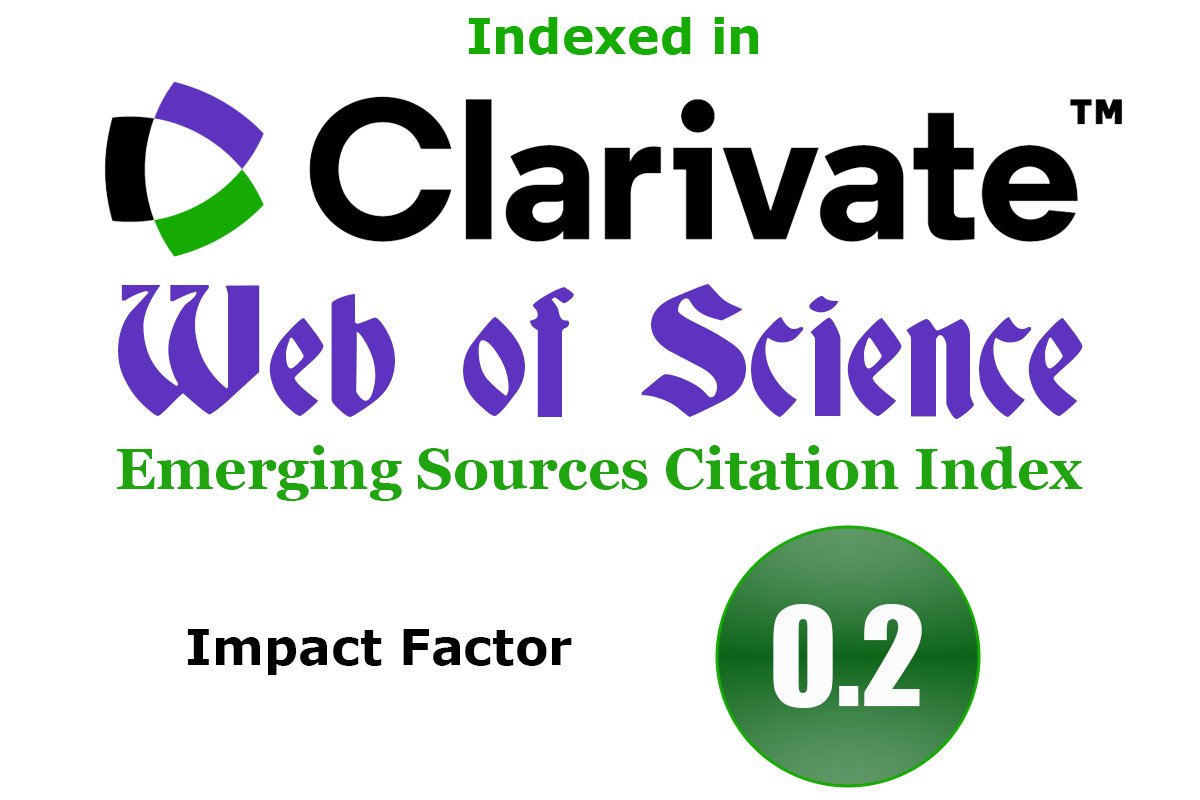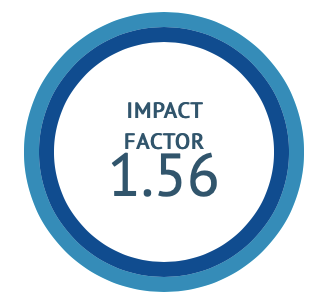Management of Central Retinal Vein Occlusion through Ayurveda: A Case Study
DOI:
https://doi.org/10.47552/ijam.v16i3.5849Keywords:
Bidalaka, CRVO, Kriyakalpa, Nasya, Urdhwagata Raktapitta, VirechanaAbstract
Background: Central Retinal Vein Occlusion (CRVO) is a vision-threatening condition caused by retinal venous obstruction, leading to macular edema and hemorrhages. The patient exhibited a sudden onset of blurred vision in one eye, ranging from moderate to severe intensity. Ischaemic central retinal vein occlusion (CRVO) accounts for approximately 20-25 percent of all CRVO occurrences, while the majority, around 75-80%, are classified as non-ischaemic. This study focuses on a patient with the non-ischaemic variant. The treatment approach for CRVO with various medications remains uncertain. In this case report, we discuss a 55-year-old male who experienced CRVO, presenting with sudden painless loss of distance vision in his right eye, and he was treated with Ayurvedic remedies and therapeutic methods. Conventional treatments like anti-VEGF injections and laser photocoagulation often show variable efficacy. In Ayurveda, CRVO is correlated with Urdhwaga Raktapitta and managed through Shodhana (detoxification) and Kriyakalpa therapies. Methods: A 55-year-old male with CRVO and macular edema in the right eye underwent Ayurvedic treatment for eight months, including Virechana (purgation), Nasya (nasal therapy), and Bidalaka (topical applications) along with oral medications. Clinical parameters were assessed through visual acuity, fundus examination, and OCT. Results: Significant improvement was noted in visual acuity (from 6/60p to 6/9p), reduction in flame-shaped hemorrhages, and decreased macular edema, confirmed by OCT. Conclusion: This case highlights the potential of Ayurvedic management in CRVO, suggesting further research for its integration into ophthalmic care.
Downloads
Published
How to Cite
Issue
Section
License
Copyright (c) 2025 International Journal of Ayurvedic Medicine

This work is licensed under a Creative Commons Attribution-NonCommercial-ShareAlike 4.0 International License.
The author hereby transfers, assigns, or conveys all copyright ownership to the International Journal of Ayurvedic Medicine (IJAM). By this transfer, the article becomes the property of the IJAM and may not be published elsewhere without written permission from the IJAM.
This transfer of copyright also implies transfer of rights for printed, electronic, microfilm, and facsimile publication. No royalty or other monetary compensation will be received for transferring the copyright of the article to the IJAM.
The IJAM, in turn, grants each author the right to republish the article in any book for which he or she is the author or editor, without paying royalties to the IJAM, subject to the express conditions that (a) the author notify IJAM in advance in writing of this republication and (b) a credit line attributes the original publication to IJAM.




